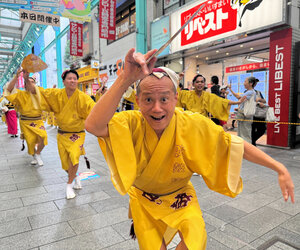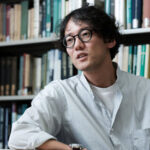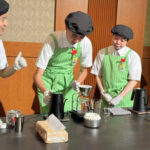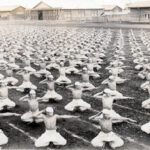The summer festival at Gesshoji Temple’s front market (organized by the local shopping district association) was held over two days, on the 2nd and 3rd. On the 3rd, for the first time in the festival’s 43-year history, members of the “Suikoren” group performed the Awa Odori dance.
The shopping district was filled with excitement as men leaped energetically to the fierce sound of bells, while women gracefully paraded in perfect unison. The performance received enthusiastic applause.
At Gesshoji Temple, the city-designated seated statue of the White-Robed Kannon was displayed to the public. The approximately 37 cm tall wooden and dry-lacquer statue, crafted in 1689, is only unveiled twice a year.
Gesshoji Temple
Gesshoji Temple, located in Matsue, Japan, is a historic Buddhist temple renowned as the burial site of the Matsudaira clan, the feudal lords of the Matsue domain. Founded in the 17th century, it is particularly famous for its serene garden, moss-covered grounds, and autumn foliage. The temple combines spiritual significance with natural beauty, offering a peaceful retreat and a glimpse into Japan’s Edo-period history.
Awa Odori
Awa Odori is Japan’s largest traditional dance festival, held annually in Tokushima Prefecture during the Obon season in mid-August. Originating over 400 years ago, it is part of the Bon Odori celebrations, honoring ancestral spirits with lively, rhythmic dances performed by groups of dancers and musicians. Known for its energetic movements and festive atmosphere, the event attracts over a million visitors each year.
White-Robed Kannon
The White-Robed Kannon (Byakue Kannon in Japanese) is a revered Buddhist bodhisattva of compassion, often depicted in a white robe symbolizing purity and mercy. This form of Kannon (Avalokiteshvara) became prominent in East Asian Buddhism, particularly in Japan, where it is associated with protection, healing, and maternal grace. Many temples, such as Tokyo’s Sensō-ji, house statues of White-Robed Kannon, reflecting its deep cultural and spiritual significance since at least the Heian period (794–1185).






